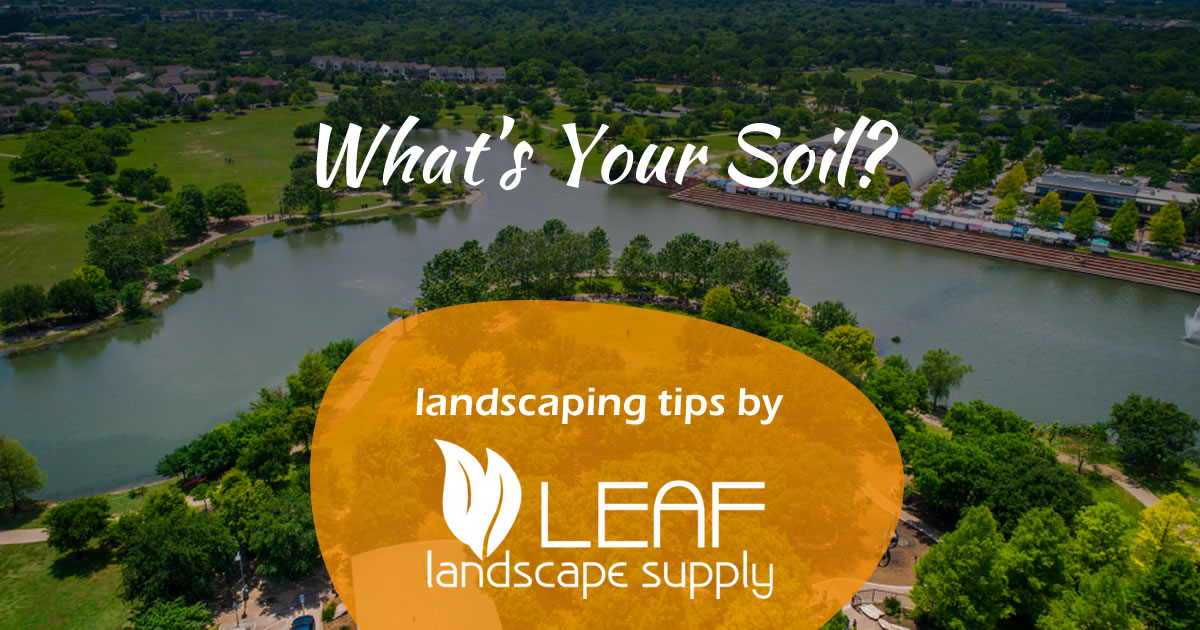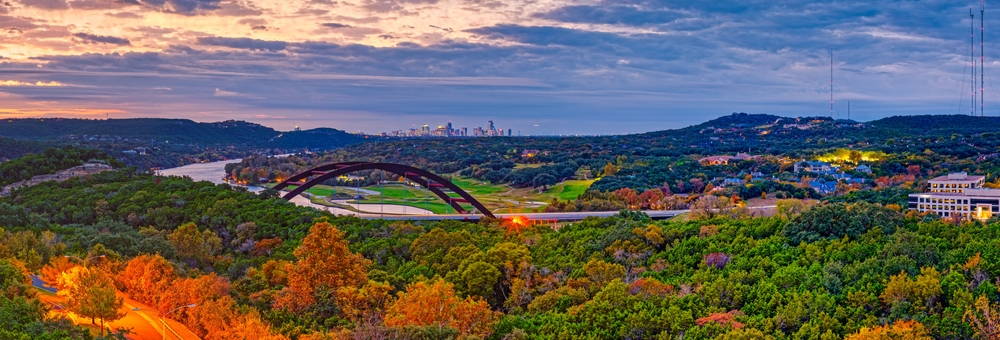
What’s Your Soil?
“What’s your sign?” NOPE “What’s Your Soil?”
Austin is a crossroads with 3 soil types and your plants feel the difference.
Most Common in Austin
- Edwards Plateau: Generally, west of I-35. Exposed and/or crumbled limestone and clay soil.
- Challenge: usually not enough soil due to runoff
- Target: slow water movement
- Blackland Prairie: Generally, east of I-35. Rarely, solid rock and soil tends to be sticky and holds shape like pottery clay.
- Challenge: retains water. Muddy or dried “concrete” areas
- Target: improve drainage
Least Common
- Post Oak Savannah Floodplains. Deep sandy loam that alternately does not hold water or floods. Usually river bottoms
3 common characteristics
- Soils are alkaline/low nitrogen and low in organic matter
- Austin landscapes may have compacted native soil or no topsoil
- Heat depletion of nutrients
Solution: In all areas add nitrogen, organic matter, and soil microbes:
- Use planting islands/raised beds/berms. Add compost and at least 30% of original soil
- Initial planting of larger trees/shrubs, ok to add compost providing ratio is 40% or less compost to 60% native
- Compost and mulch twice yearly. Compost can be scratched into the soil lightly. Up to 3” mulch should be added on top
- Remember: place mulch away from live wood stems. Donut not volcano
- Add MicroLife products at planting and periodically to improve life in soil structures for healthier plants

Quick Facts:
Compost may keep up to 20 times its weight in water
For every 1% organic matter content, each cubic foot of soil can hold and additional 1.5 quarts of “plant-available water” (Sullivan, 2002)
As mulch breaks down, it releases nitrogen into the soil
Questions? Ask Lenny the Leaf or our staff at Leaf Landscape Supply. We are happy to help!
Landscaping Tips (Archives)
